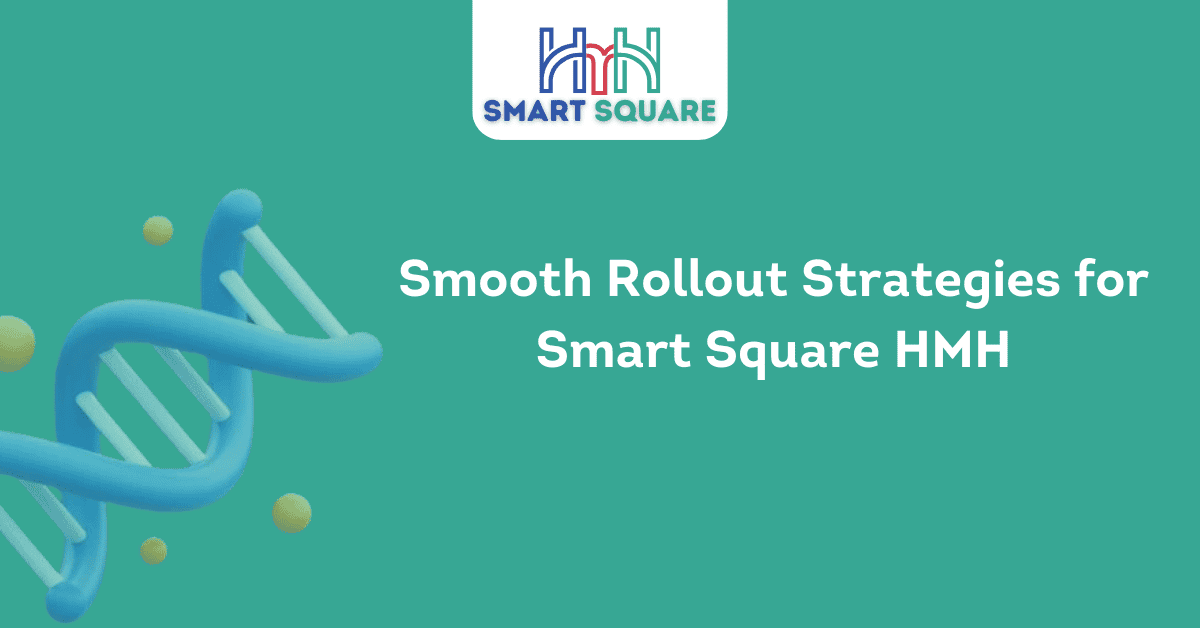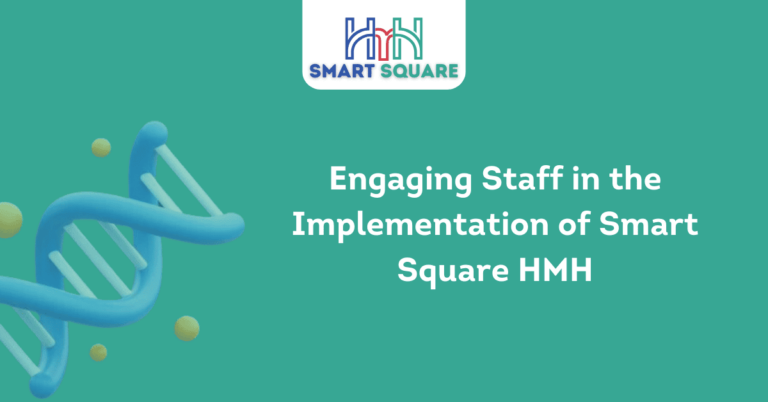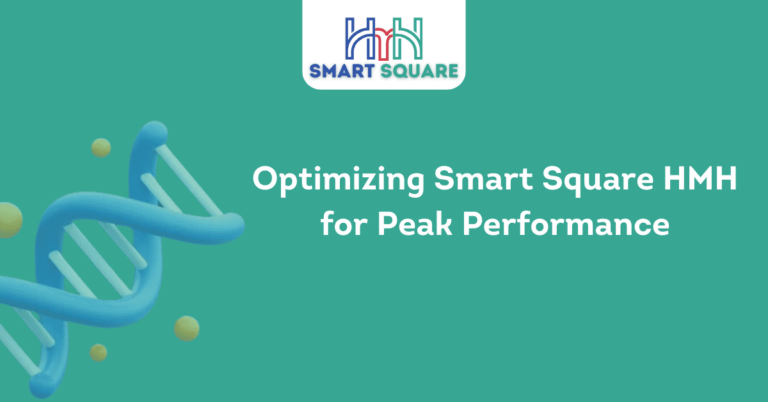Smooth Rollout Strategies for Smart Square HMH
Smooth rollout strategies for Smart Square HMH involve careful planning and execution to ensure a seamless transition. By focusing on key objectives and milestones, organizations can navigate the process effectively and minimize disruptions. This approach allows for a structured implementation that aligns with the organization’s goals and vision.
Furthermore, leveraging best practices and lessons learned from previous rollouts can enhance the success of the Smart Square HMH deployment. By incorporating feedback and insights from stakeholders, organizations can refine their strategies and optimize the rollout process. This iterative approach fosters continuous improvement and ensures a successful implementation of Smart Square HMH.
Key Objectives and Milestones
Smooth Rollout Strategies for Smart Square HMH involve a meticulous planning process to achieve key objectives and milestones. The first step is to define the goals of the implementation, such as improving healthcare efficiency, enhancing patient satisfaction, and optimizing staff scheduling. Milestones are crucial checkpoints that help track progress and ensure that the project stays on course.
Structured Implementation for Alignment
Structured implementation is essential for aligning all stakeholders involved in the Smart Square HMH rollout. This entails clear communication, role assignments, and timeline management. By establishing a structured approach, teams can work cohesively towards a common goal, minimizing disruptions and maximizing efficiency.
Leveraging Best Practices and Lessons Learned
One of the keys to success in implementing Smart Square HMH is to leverage best practices and lessons learned from previous healthcare projects. By studying successful case studies and industry benchmarks, organizations can avoid common pitfalls and adopt proven strategies for a smoother rollout process.
Feedback and Insights from Stakeholders
Feedback and insights from stakeholders play a crucial role in refining the Smart Square HMH implementation strategy. By listening to frontline staff, managers, and patients, organizations can gather valuable input that helps tailor the rollout to meet specific needs and address potential challenges.
Refining Strategies for Optimization
Refining strategies for optimization involves continuous evaluation and adjustment to ensure that the Smart Square HMH rollout is as effective as possible. This may include fine-tuning processes, updating technology, and adapting to changing healthcare trends to maximize the benefits of the implementation.
Iterative Approach for Continuous Improvement
An iterative approach to Smart Square HMH implementation allows for continuous improvement over time. By collecting data, analyzing performance metrics, and seeking input from stakeholders, organizations can iterate on their strategies to enhance efficiency, effectiveness, and overall outcomes.
Successful Implementation of Smart Square HMH
Success in implementing Smart Square HMH is measured by the seamless integration of the system into existing workflows, the achievement of key objectives, and the positive impact on healthcare outcomes. By following a well-structured rollout strategy and continuously refining processes, organizations can ensure a successful implementation that benefits both staff and patients.
Frequently Asked Questions
Our Frequently Asked Questions section is designed to provide you with all the information you need to enhance your user experience. Below, you will find detailed answers to commonly asked questions about Smooth Rollout Strategies for Smart Square HMH.
What are Smooth Rollout Strategies?
Smooth Rollout Strategies refer to a set of carefully planned and executed processes aimed at ensuring the successful implementation of Smart Square HMH. These strategies involve detailed planning, stakeholder engagement, risk management, and continuous monitoring to ensure a seamless transition to the new system.
How can Smooth Rollout Strategies benefit my organization?
Implementing Smooth Rollout Strategies for Smart Square HMH can bring numerous benefits to your organization, including increased efficiency, improved productivity, enhanced user satisfaction, and reduced risks of system failures. By following these strategies, you can minimize disruptions and optimize the implementation process for long-term success.
What are the key components of a successful rollout strategy?
A successful rollout strategy for Smart Square HMH typically includes comprehensive planning, effective communication, stakeholder engagement, training and education, testing and quality assurance, risk management, and post-implementation support. Each component plays a crucial role in ensuring a smooth and successful transition to the new system.
How can I ensure the successful implementation of Smooth Rollout Strategies?
To ensure the successful implementation of Smooth Rollout Strategies for Smart Square HMH, it is essential to involve key stakeholders from the beginning, communicate effectively with all parties involved, provide adequate training and support, proactively identify and address potential risks, and continuously monitor and evaluate the progress of the implementation process.
What are some common challenges organizations face during rollout?
Organizations may face various challenges during the rollout of Smart Square HMH, such as resistance to change, lack of stakeholder buy-in, insufficient training and support, integration issues with existing systems, data migration challenges, and unexpected technical issues. By anticipating these challenges and implementing proactive measures, organizations can mitigate risks and ensure a successful rollout.
How can I measure the success of my rollout strategy?
Measuring the success of your rollout strategy for Smart Square HMH can be done through key performance indicators (KPIs), user feedback, system performance metrics, stakeholder satisfaction surveys, and post-implementation reviews. By tracking and analyzing these metrics, you can evaluate the effectiveness of your strategy and make necessary adjustments to optimize future implementations.







